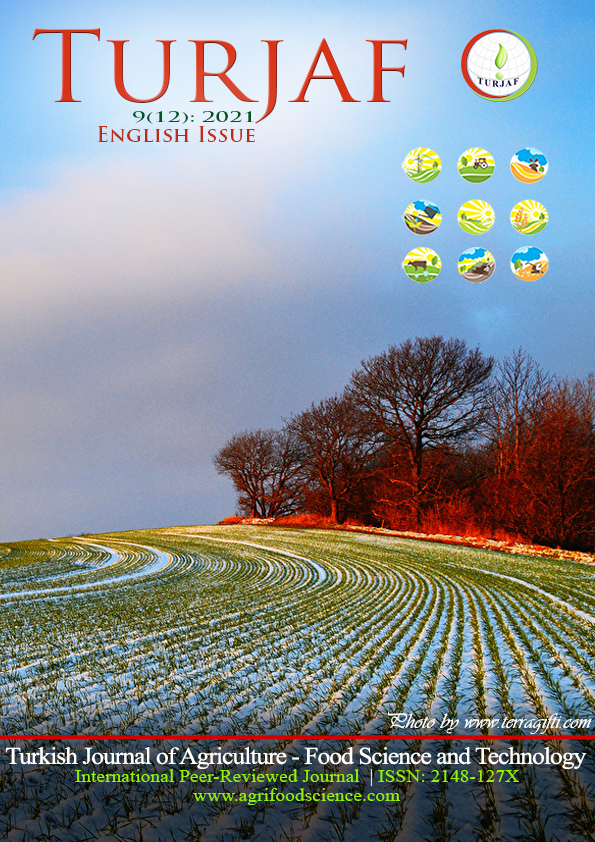Arbuscular Mycorrhizal Fungi and Glomalin
DOI:
https://doi.org/10.24925/turjaf.v9i12.2371-2375.4555Keywords:
Arbuscular mycorrhizal fungi, Glomalin, Symbiosis, Soil organic matter, Potential toxic elementAbstract
The interactions between plant, soil, and mycorrhizal fungi are ecologically and agriculturally beneficial systems. Mycorrhizal fungi are capable of forming a symbiosis with the roots of many plants in nature. In this symbiosis, the plant receives help from the mycorrhizal fungus in nutrient and water uptake. On the other hand, the mycorrhizal fungi supply the assimilant products they need from the plant. In addition to the many benefits of AMF, they have very important roles in carbon (C) storage in the soil. These roles of AMF are associated with the production of a substance named “Glomalin”. Glomalin, an N-linked glycoprotein that is considered to be AMF gene products, is defined as a protein secreted by AMF hyphae and spores. Glomalin significantly reduces the degradation of soil organic matter by preserving unstable compounds in soil aggregates. Glomalin, which helps soil aggregation, is also an excellent hyphae protector.Downloads
Published
26.12.2021
How to Cite
Atakan, A., & Özgönen Özkaya, H. (2021). Arbuscular Mycorrhizal Fungi and Glomalin. Turkish Journal of Agriculture - Food Science and Technology, 9(12), 2371–2375. https://doi.org/10.24925/turjaf.v9i12.2371-2375.4555
Issue
Section
Review Articles
License
This work is licensed under a Creative Commons Attribution-NonCommercial 4.0 International License.









